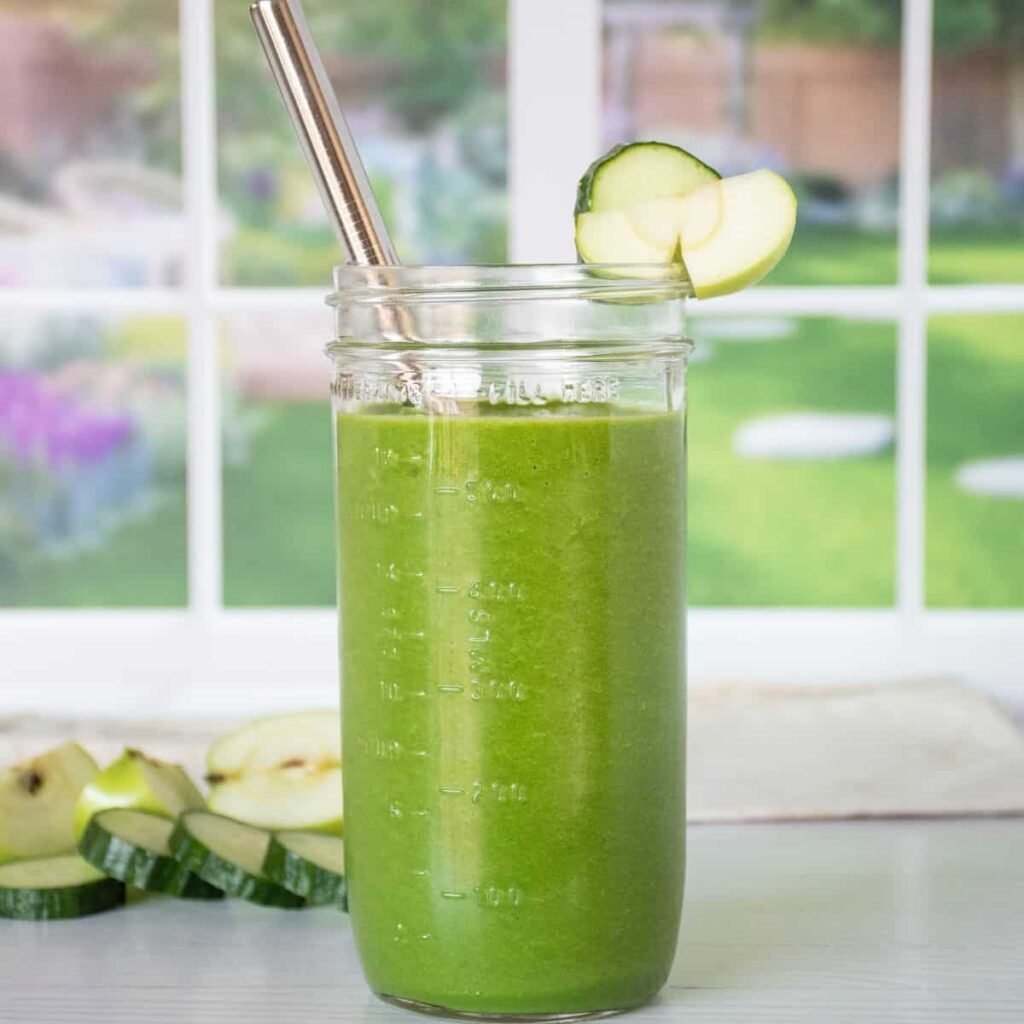Nutrition
Overcoming colon cancer with diet

Foods to fight colon cancer
In this chapter, we will be discussing how we can overcome colon cancer with our diet.
Cancer of the colon or rectum is also called colorectal cancer. Colon cancer is a fast rising type of cancer but often curable if you catch it early enough.
Some risk factors implicated in colon cancer include:
• Polyps-growths inside the colon and rectum that may turn into cancer.
• High fat diet
• Advance age
• Family history or personal history of colorectal cancer
• Ulcerative colitis or Crohn’s disease
Some signs and symptoms include: blood in the stool, thin stools, a change in bowel habits and general abdominal discomfort. However, it may be without symptoms, and thus requires screening.
Treatment option include: surgery, chemotherapy, and radiation. Notwithstanding, prevention they say is better than cure and one of the best ways to prevent colon cancer is through our diet.
Foods to include
• Fibre rich diet such as whole grains, brown rice, broccoli, and black beans.
• Calcium rich diet such as milk, broccoli, and cabbage.
• Folate rich food such as spinach, cauliflower, asparagus, and artichokes.
• Anthocyaninrich food such as blueberries and cherries.
• Lutein rich foods such as tomatoes, spinach, nectarines, and broccoli.
Foods to avoid
• Sodas and caffeine rich drinks
• Red meat and meat products
• Processed foods
Lifestyle modification
Modifying our lifestyle from a predominantly sedentary lifestyle to incorporating exercises like going for walks, jogging, and riding bicycles, as well as cutting down alcohol intake, and cigarette smoking all serve to reduce our risk of colon cancer.
In conclusion, we may not be as informed about colon cancer as certain other cancers, but it nevertheless poses a major risk to our healthy life and peace of mind, which cannot be underestimated. By following the modifications and food choices listed above, we can guarantee many more years of life free from colon cancer.
The writer is aNutrionist and Chief Executive Officer(CEO) of Holistic Health Consult “Your health your wealth.”
E-mail; info@holistichealthconsult. org
By Bernice Korkor Asare
Nutrition
Palm nut soup

Palm nut soup is a Ghanaian dish that can be served with so many foods. It has a rich base of palm nuts combined with tomatoes and various vegetables that makes it very nutritious.
Preparation
Ingredients
– 1 kilogramme of palm nut
– Half kilogramme of beef
-One kilogramme of goat meat
-Three large salmon
-One full tuna
– A handful of turkey berries
-Two large onions
-4 large tomatoes
-3 large garden eggs
– One tin of mackerel
-Ten large peppers
– One large ginger
-2 cloves of garlic
– Four fingers of okro
– Salt to taste
Instructions
-Wash, cook palm nut, turkey berries, and pepper and add salt to it.
-Grind palm nut, turkey berries and pepper with mortar and pestle or mini food processor.
-Wash goat meat, beef, Tuna, salt and put on fire.
– Blend onion, garlic, ginger and tomatoes and pour on the goat meat.
– Add smoked tuna and salmon and okro to the soup.
-Use a spoon or ladle to skim off the surface oil.
-Garnish the soup with the okro or garden eggs as desired.
-Serve with fufu, banku or Omo tuo.
Nutrition
Cucumber and apple smoothie

Ingredients
-Two medium sized cucumber
-Three apples
-Four tablespoonful of honey
-Crushed ice
-Two cups of yoghurt
-One tablespoonful of blended ginger
– One tablespoonful of celery and mint
Preparation

-Wash and slice cucumber, apple into smaller sizes
-Blend until it is smooth
-Add honey and a little water to it
-Add crushed ice and yoghurt
-Blend it till you achieve your desired texture
– Then serve







